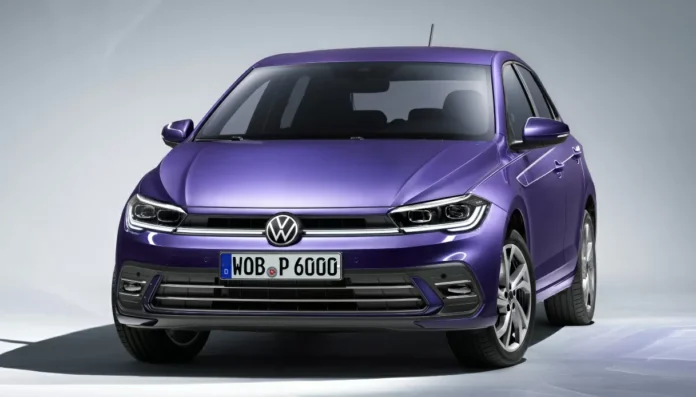The Volkswagen Polo has been a staple in the European market for decades, known for its reliability, efficiency, and affordability. However, in recent years, the iconic hatchback has faced some challenges that have forced it to adapt in order to survive.
For years, the Volkswagen Polo has reigned supreme in the European market, dominating sales and winning over the hearts of consumers. Its compact size, fuel efficiency, and affordable price tag made it a popular choice for both young drivers and families alike. But as the automotive industry continues to evolve, the Polo has had to face some tough competition and changing consumer demands.
One of the biggest challenges for the Polo has been the rise of electric and hybrid vehicles. With stricter emissions regulations and a growing concern for the environment, many consumers are now opting for more eco-friendly options. This has put pressure on traditional gasoline and diesel-powered cars like the Polo to adapt and offer more sustainable alternatives.
In addition, the rise of SUVs and crossovers has also posed a threat to the Polo’s dominance. These larger vehicles offer more space and versatility, making them a popular choice for families and those with an active lifestyle. As a result, the demand for smaller hatchbacks like the Polo has decreased.
But despite these challenges, Volkswagen has found a way to keep the Polo alive and thriving – by shifting production to South America. The company has invested in its factories in Brazil and Argentina, where the Polo is now being produced for the European market. This move has not only helped to keep the Polo in production, but it has also allowed Volkswagen to offer a more affordable price point for the European market.
The decision to produce the Polo in South America has also brought some unexpected benefits. The factories in Brazil and Argentina have been able to take advantage of lower labor costs and favorable exchange rates, making it more cost-effective to produce the Polo there. This has allowed Volkswagen to offer the Polo at a more competitive price, making it an even more attractive option for consumers.
But it’s not just about cost savings – the Polo produced in South America is still held to the same high standards as its European counterpart. Volkswagen has ensured that the quality and reliability of the Polo remain top-notch, regardless of where it is produced. This has been a crucial factor in maintaining the trust and loyalty of Polo customers.
Moreover, the shift to South America has also allowed Volkswagen to introduce new features and updates to the Polo. The South American factories have the capability to produce different versions of the Polo, including a more rugged and sporty version called the Polo Track. This has given consumers more options and has helped to keep the Polo fresh and relevant in the market.
Overall, the decision to produce the Polo in South America has been a strategic move for Volkswagen. It has allowed the company to adapt to changing market demands and keep the iconic hatchback alive and thriving. And with the introduction of new features and updates, the Polo continues to offer a reliable, efficient, and affordable option for consumers.
In conclusion, while the Volkswagen Polo may no longer be produced in Europe, it is still very much a part of the European market. Its shift to production in South America has not only allowed it to survive, but it has also brought new opportunities and benefits for both the company and consumers. The Polo may have faced some challenges, but it has proven to be a resilient and adaptable car that continues to win over the hearts of drivers all over the world.

